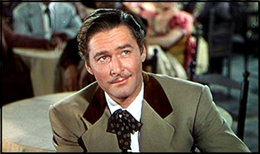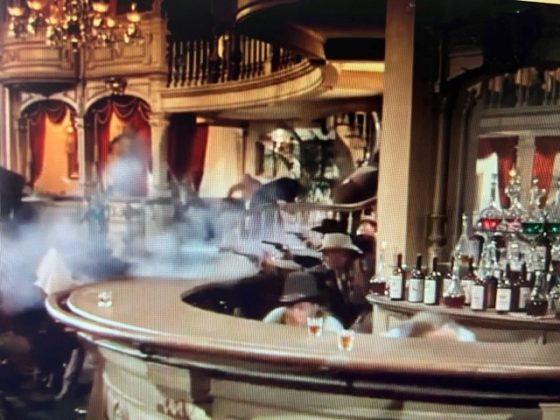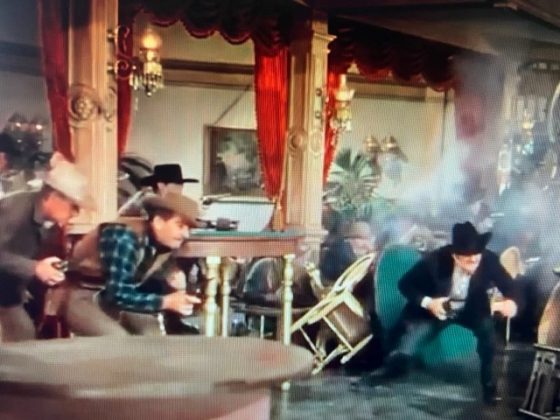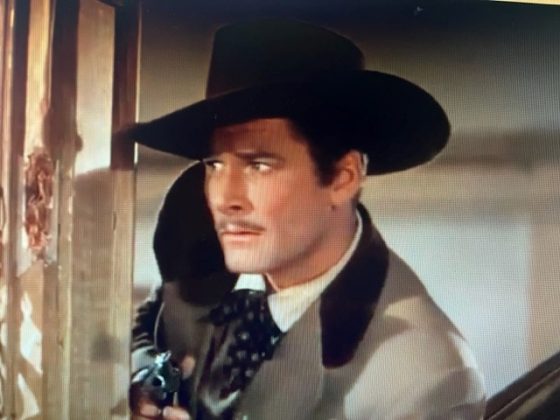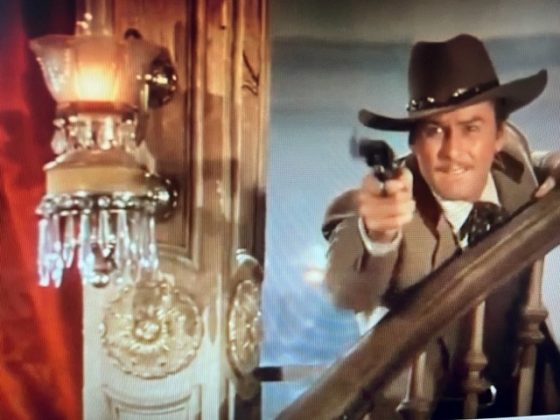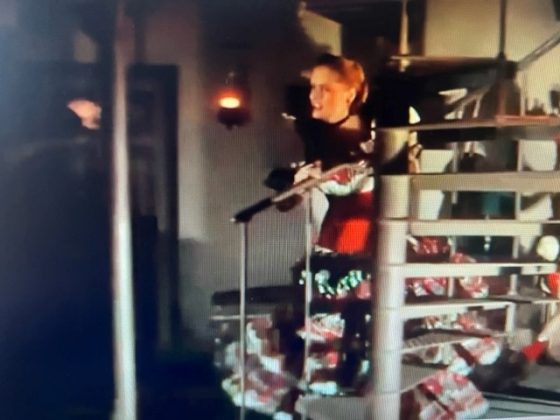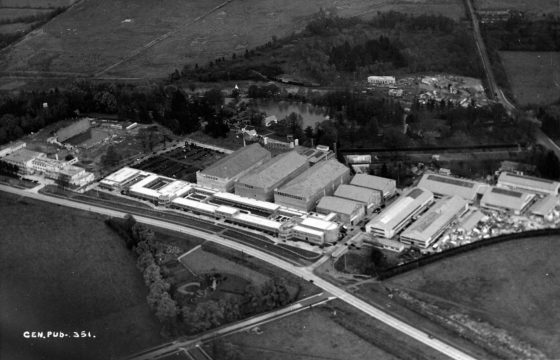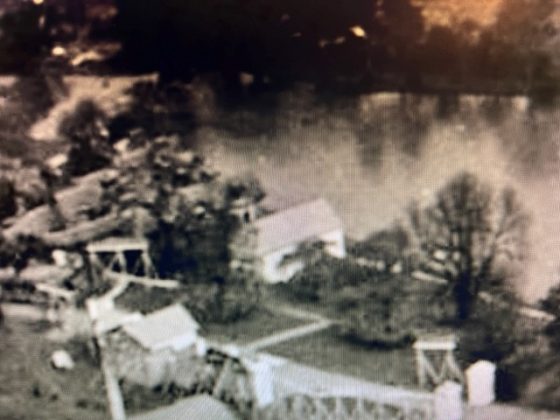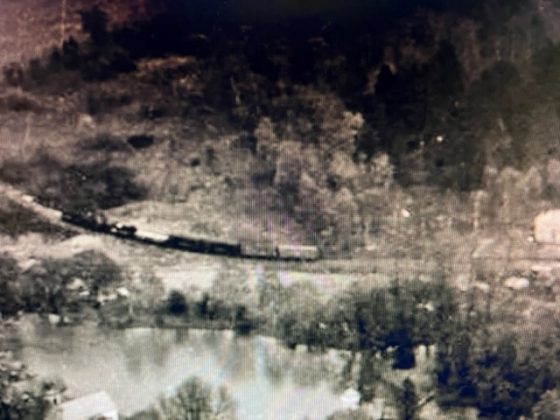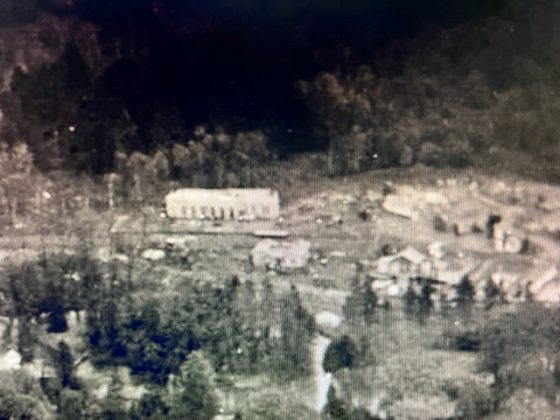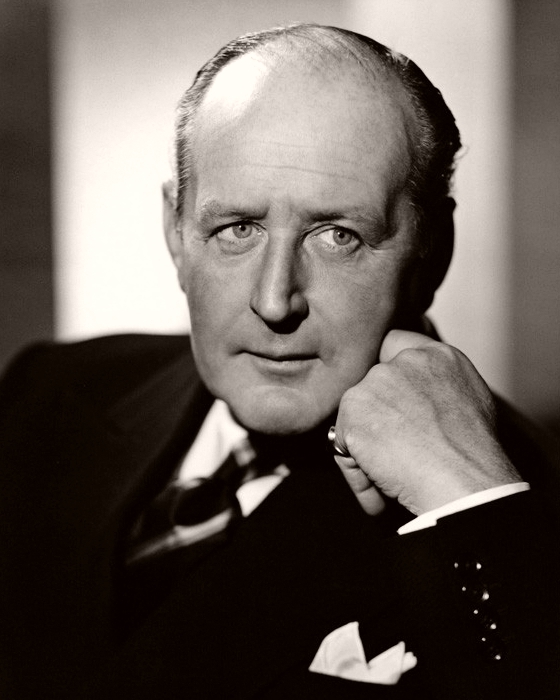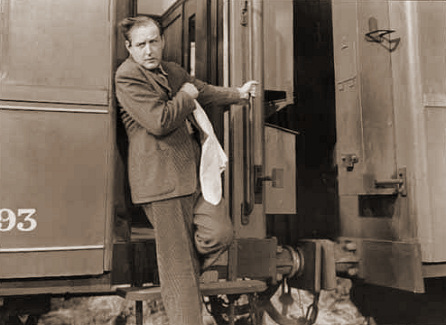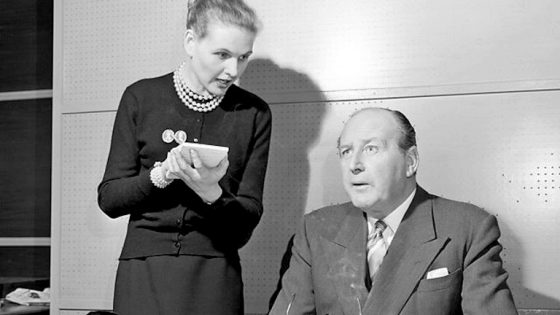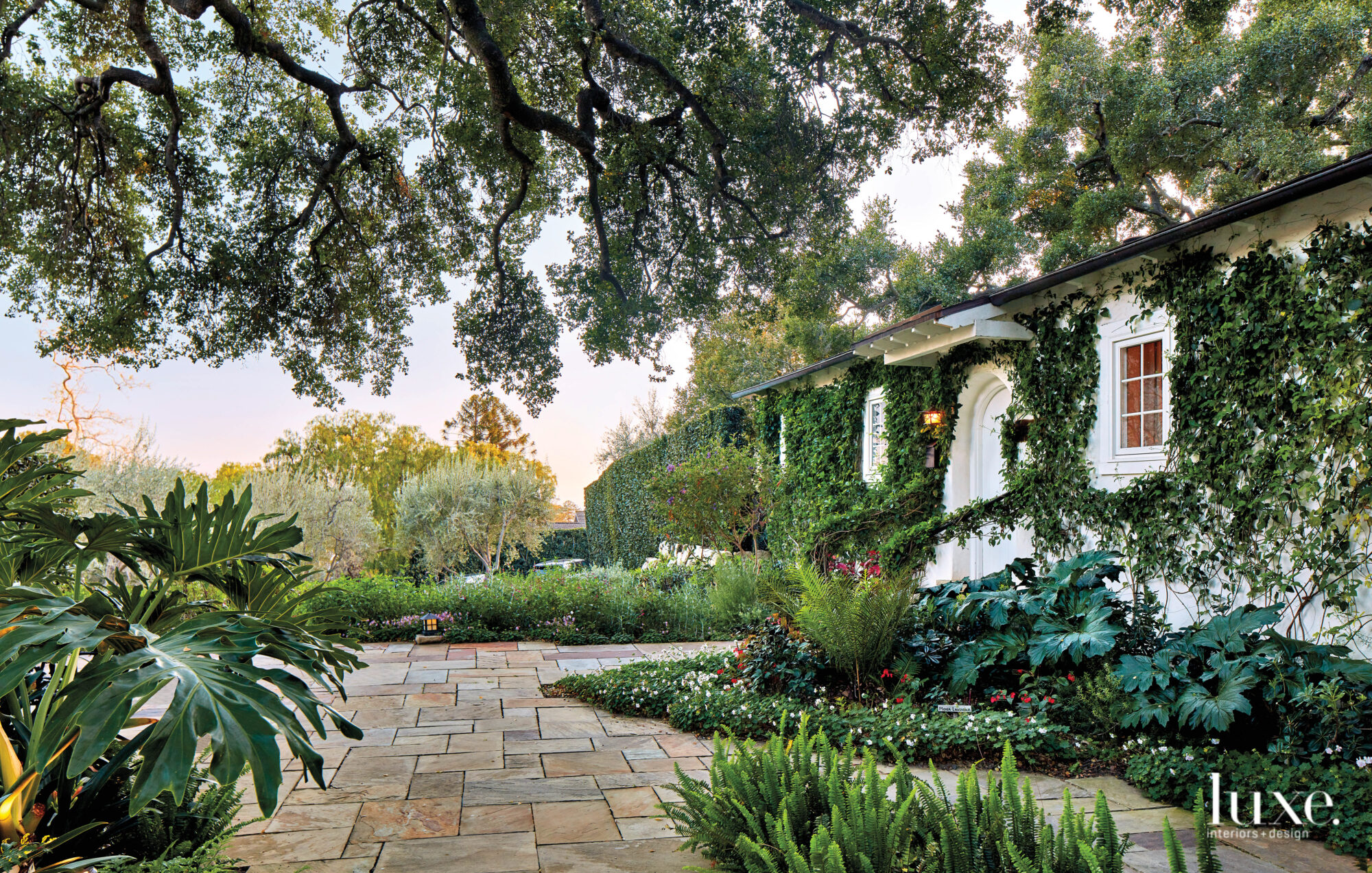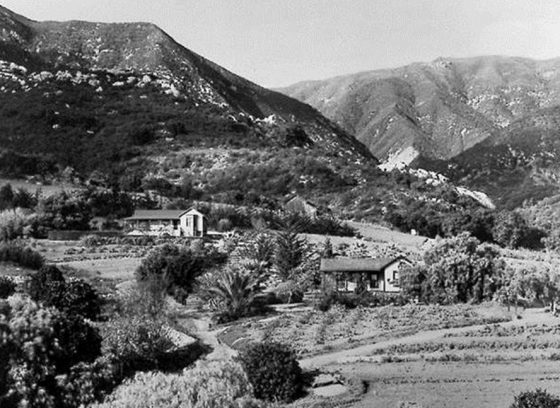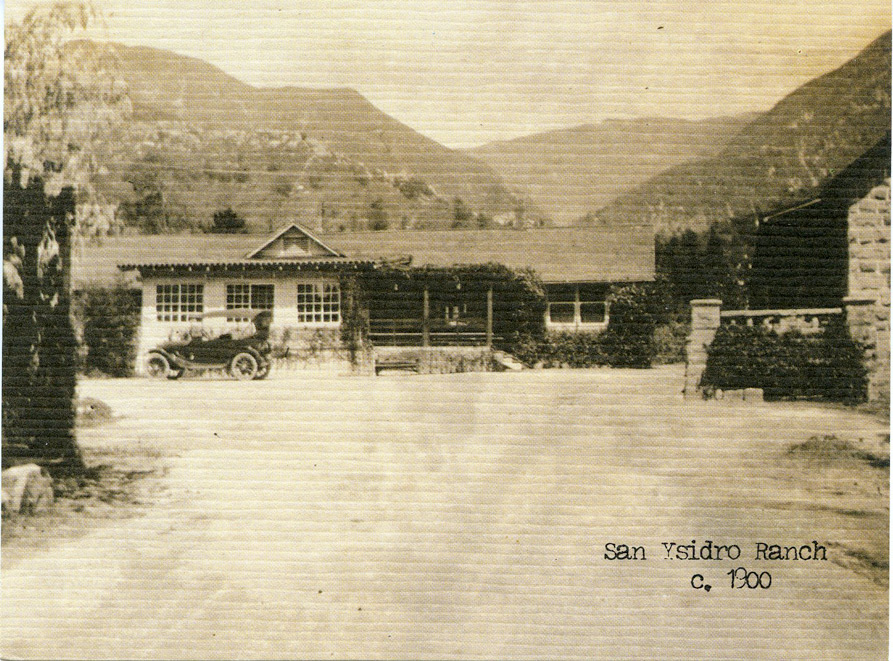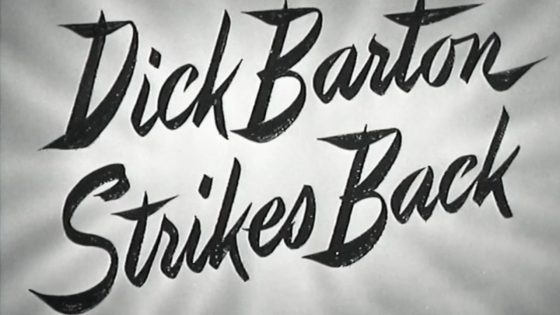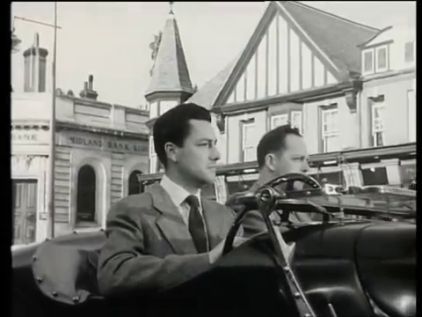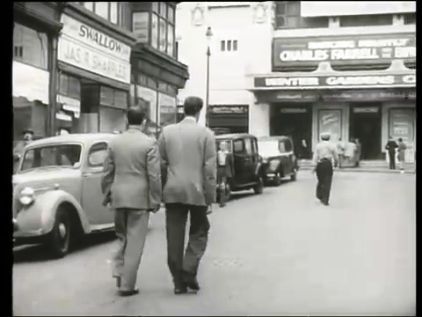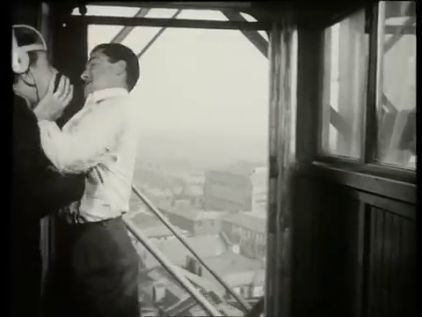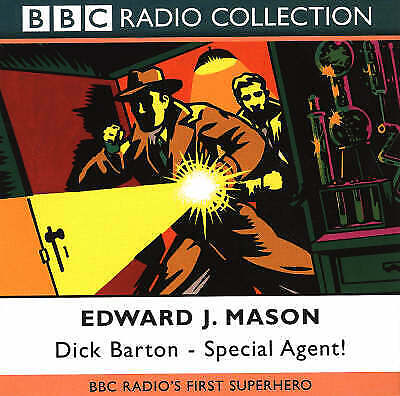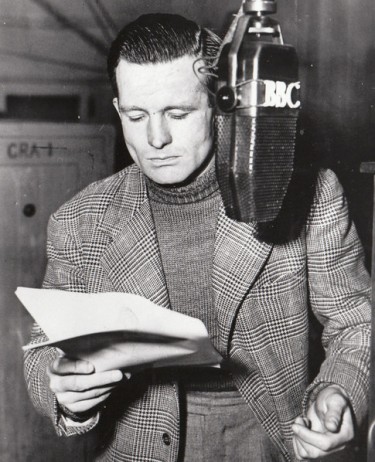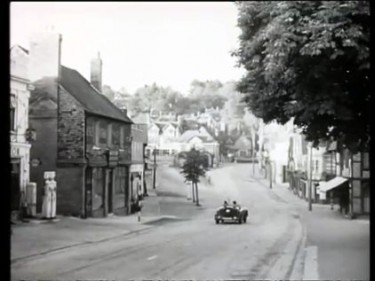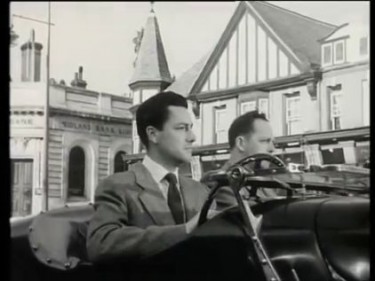I have just watched this excellent murder mystery and found it intriguing and a film that held your attention the whole time.
It was one made at Merton Park Studios and starred Gordon Jackson and Barbara Murray with Gordon Jackson playing the Police Inspector who along with his sidekick Sam Kydd, investigate the murder of a teacher at a private All Girls School – and eventually find the killer.
Each of the female teachers there, including Barbara Murray, are suspects and during the interviewing we discover that the staff members are all quite different and in many cases don’t get on particularly well and we learn things about each of them – some good things and some not so good. However this leads to an absorbing Who Dunit – the one thing that really pleased me was the sheer amount of dialogue for each of them throughout the film
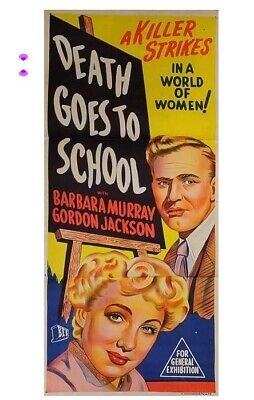
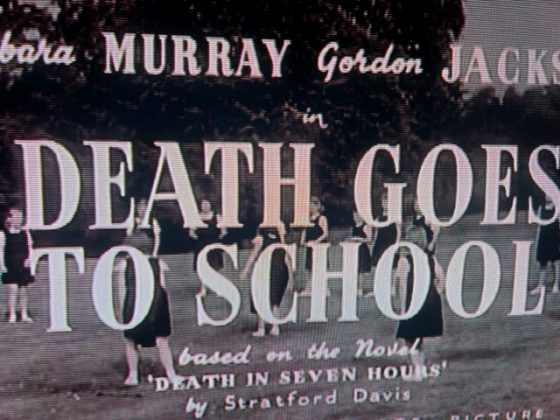
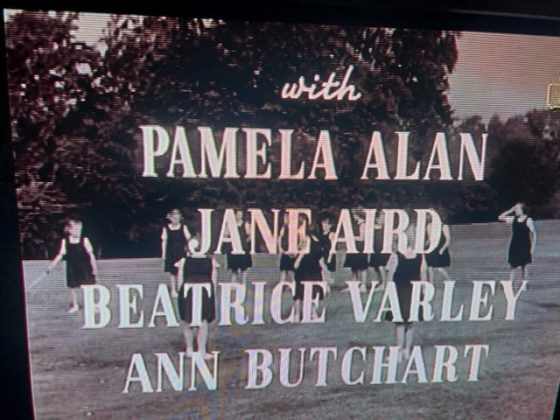
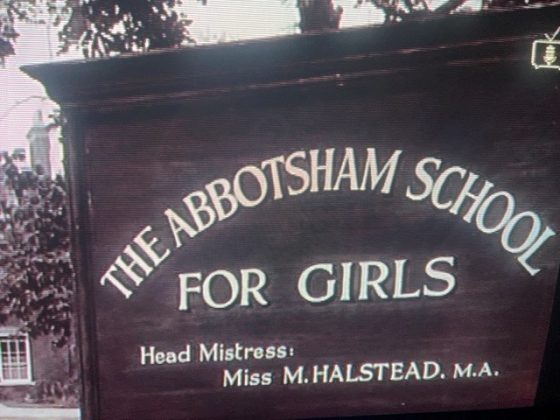
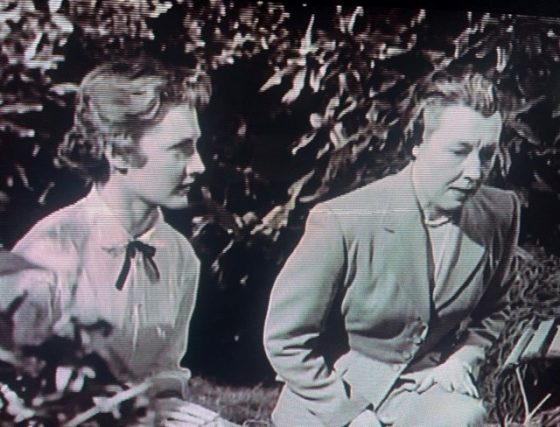
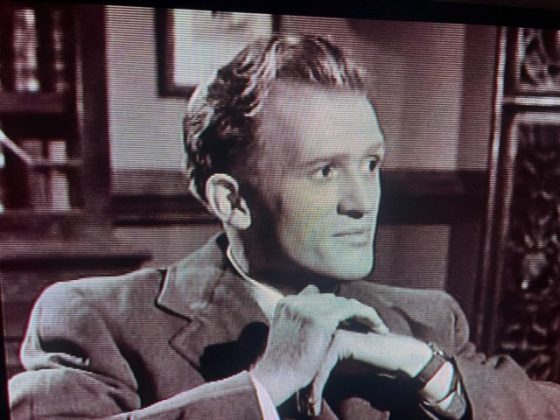
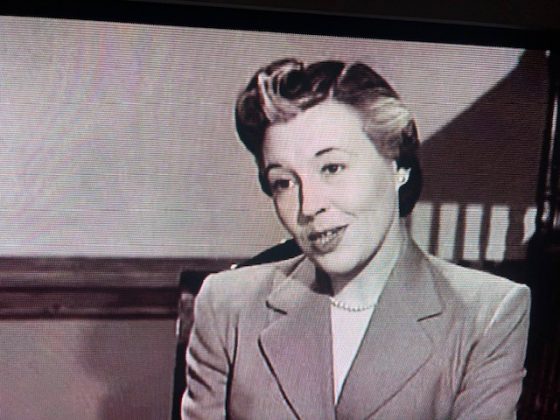
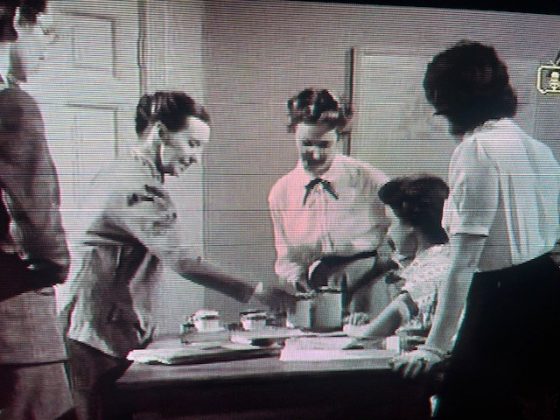
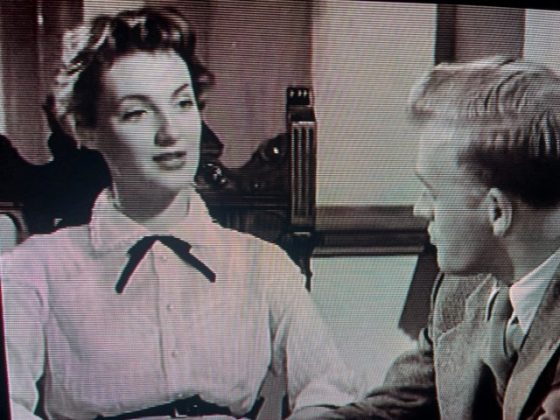
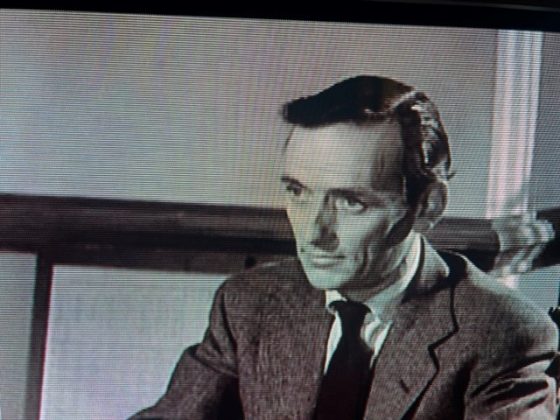
Sam Kydd ABOVE in another of his many many roles – this time as the witty assistant to the Chief
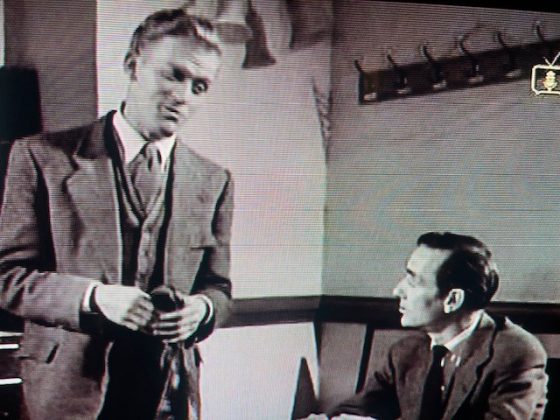
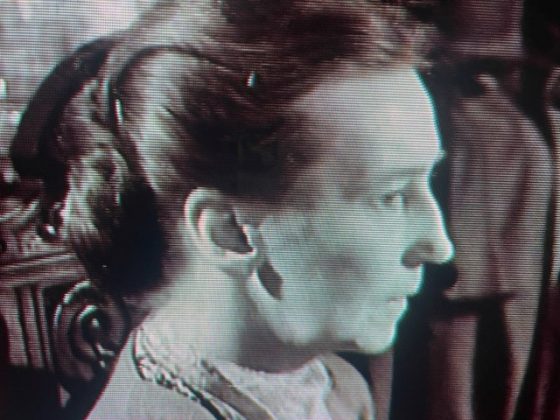

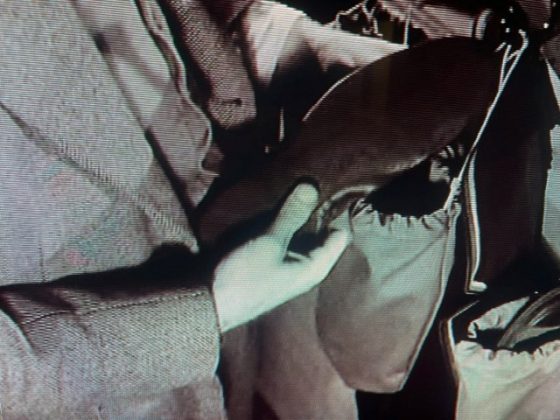
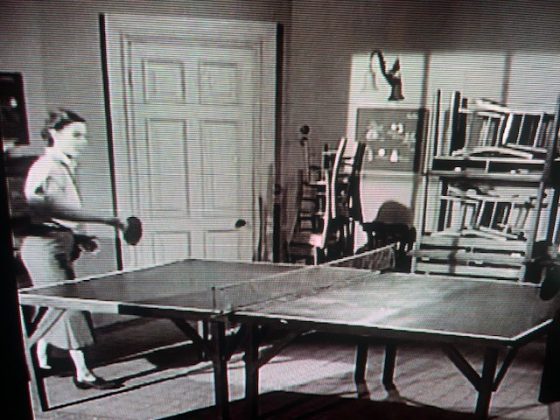
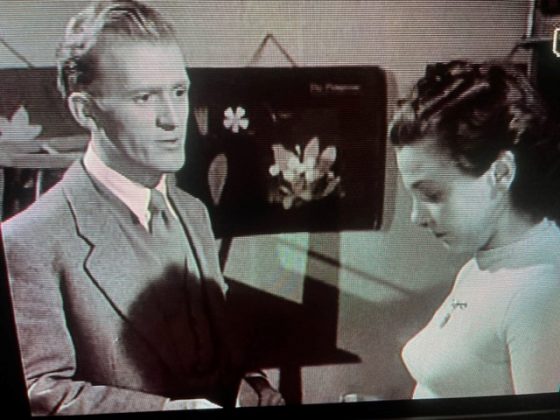
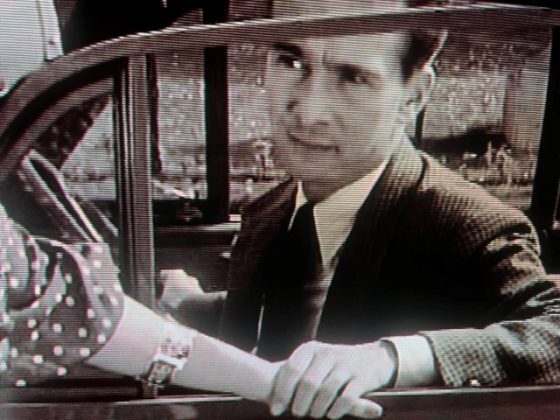
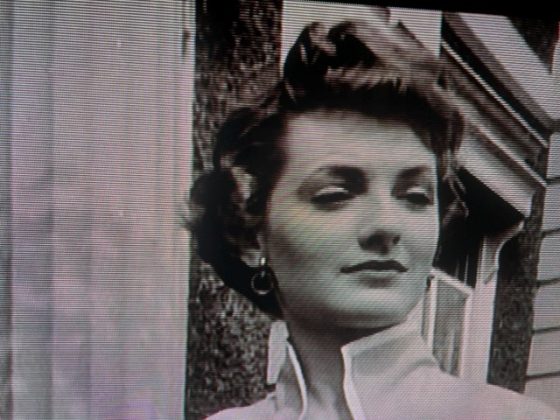
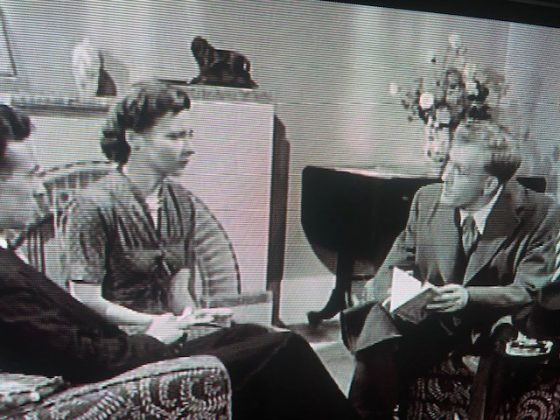
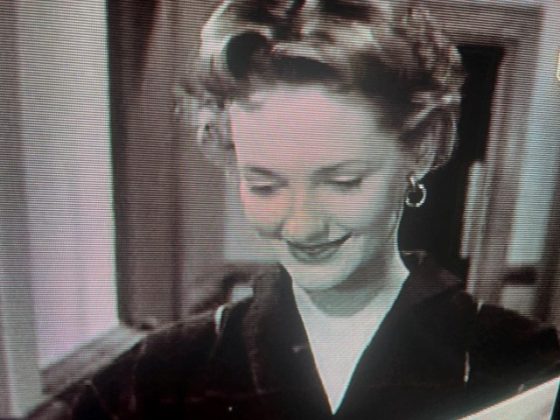
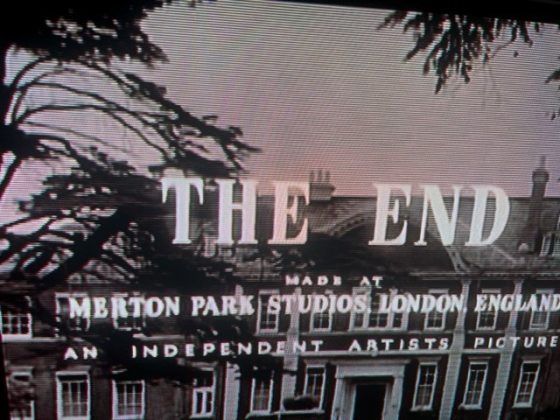
Imogen Moynihan who played Miss Essex appeared only in this film and quite a bit later married Charles Vance who was a Film and Theatrical Director as well as Theatre Producer who with his own group of actors toured the country – here he is below
They had one child – a daughter Jacqueline – and remained together until Charles died in 2012
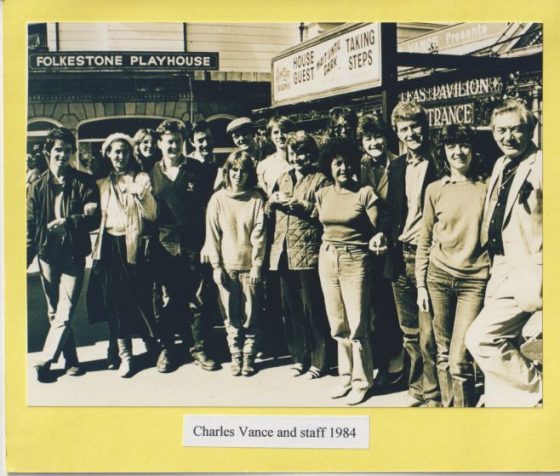
In fact Imogen and her husband Charles played together in their Theatre Productions – later they regularly put on shows in Sidmouth Devon among so many other places.
At this time of year, Pantomime was a big and successful part of their work.
I can find a reference to Imogen Directing a Theatrical Production of ‘The Corn is Green’ in Leas Theatre Folkestone – I am fairly sure that they lived in this area

Charles Vance – December 6, 1929 – January 13, 2012
Charles Vance, a self styled anarchronism and a leading champion of rep theatre giving hundreds of actors, stage managers and designers their first opportunities in the world of the professional theatre. He enjoyed his role as the last of the old-time actor managers, often seen at first nights with a silver-topped cane, once owned by the redoubtable Victorian actor Henry Irving, and wearing a green velvet jacket. There was always something raffish about Vance, who was proud of his origins as an Irish Jew, the son of a dealer in leather goods and the nephew of Harold Goldblatt, who founded the Ulster Group Players. At the age of seven, he was heard on BBC Radio’s Children’s Hour. At Queen’s University, Belfast, where he read law, he joined its amateur dramatic club, which he found mediocre. He first appeared onstage at the city’s Grand Opera House. After university, he joined a theatre company that toured Ireland with the plays of Shakespeare. There followed a spell at the Gate, in Dublin, which he described as “like going to heaven”.
After a prolific career as an actor, Vance launched his own production company in 1960 with his wife Imogen Moynihan, the daughter of the distinguished Liberal peer, the second Lord Moynihan. Their first production was Tennessee Williams’ The Glass Menagerie, which was staged at the Empire Theatre, now the Little, in the Norfolk resort of Sheringham.
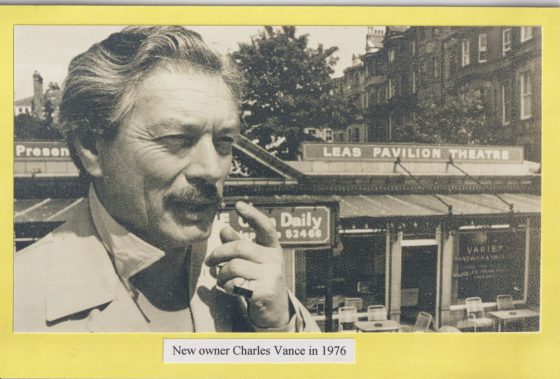
Their first full season followed a year later at the new Civic Theatre in Chelmsford. There were further seasons in Torquay, Cambridge, Eastbourne, Hastings, Weston-super-Mare, Whitby, Wolverhampton and at the Leas Pavilion, Folkestone, which Vance bought in 1976. In 1987, he instituted the Summer Play Festival at the Manor Pavilion, Sidmouth, which continued every year until last year, when seat prices forced him to abandon the enterprise.
A typical Sidmouth season was a clever mix of 13 plays, offering something for everyone, including two Rattigan plays – Vance knew the dramatist well – two Ayckbourns, Jane Eyre and Private Lives. Work by Francis Durbridge took the place of Agatha Christie after an international media production company took control of the latter author’s copyright. Throughout a career that lasted nearly 50 years, Vance mounted hundreds of touring productions, ranging from Stop the World –I Want to Get Off to The Merchant of Venice. He produced 180 pantomimes all over Britain, and in the latter part of his life he became known for his world premieres of stage adaptations of Ealing comedies, starting with Kind Hearts and Coronets in 1998.
As a publisher and editor, he founded the British Theatre Directory and was, uniquely, twice president of the Theatrical Management Association.
Charles Vance, who was born on December 6, 1929, died on January 13 at the age of 83.

